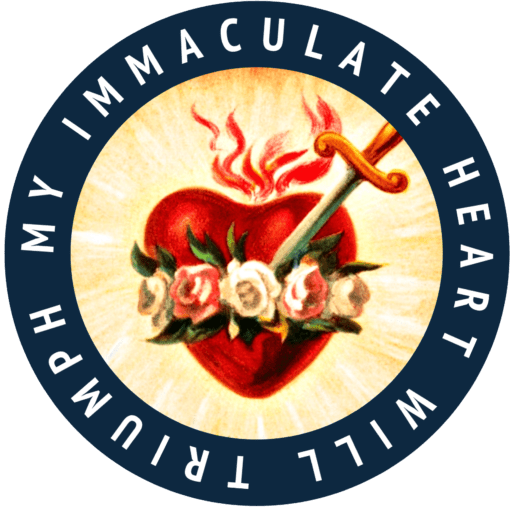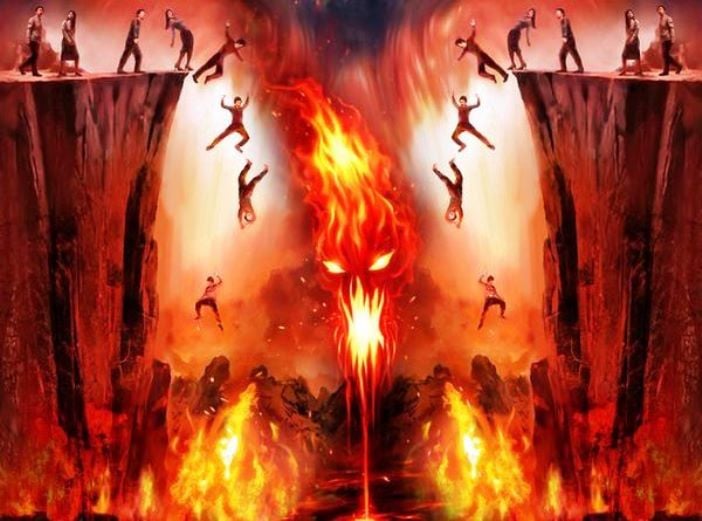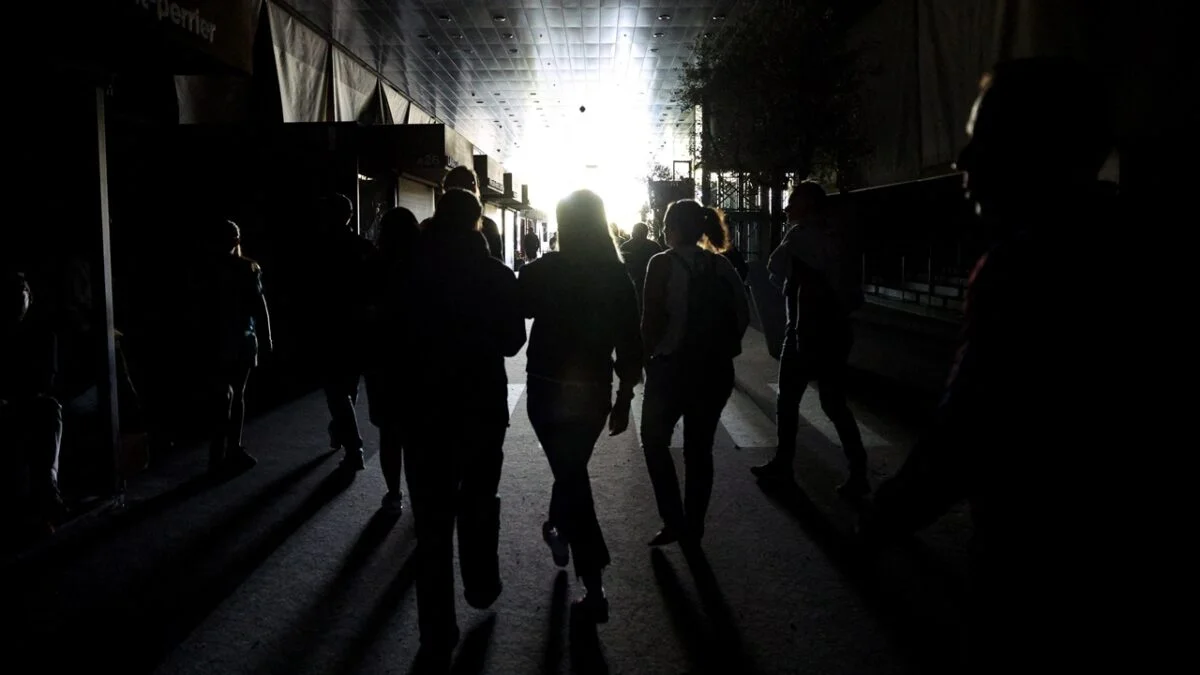
Tag: catholic news
-
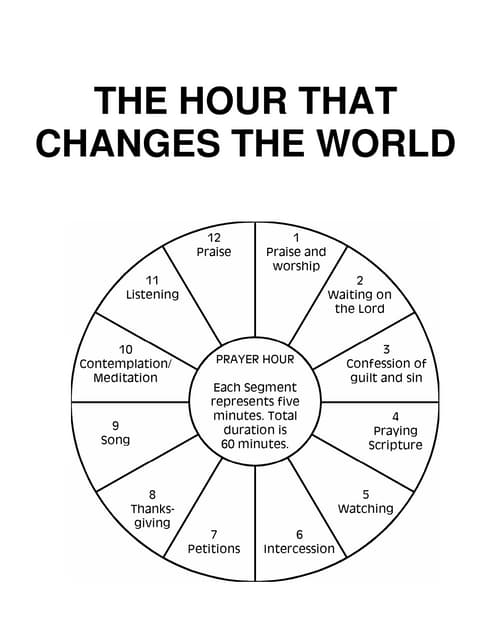
Watch “Miracle Hour – A method of prayer that will change your life” by Linda Schubert
Read More: Watch “Miracle Hour – A method of prayer that will change your life” by Linda Schuberthttps://youtu.be/kscXVKAJn9c?si=jiWW93ADDdyiG2bS Download the prayer journal below! Powered By EmbedPress
-

The Patron Saint of TV?? You Won’t Believe Who!
Read More: The Patron Saint of TV?? You Won’t Believe Who!It might seem a bit odd that a saint from nearly 800 years ago would be the patroness of television—but that’s exactly the case! St. Clare of Assisi was officially given this title by Pope Pius XII in 1957. Born in 1194 into a noble family, Clare turned her back on wealth and privilege to…
-
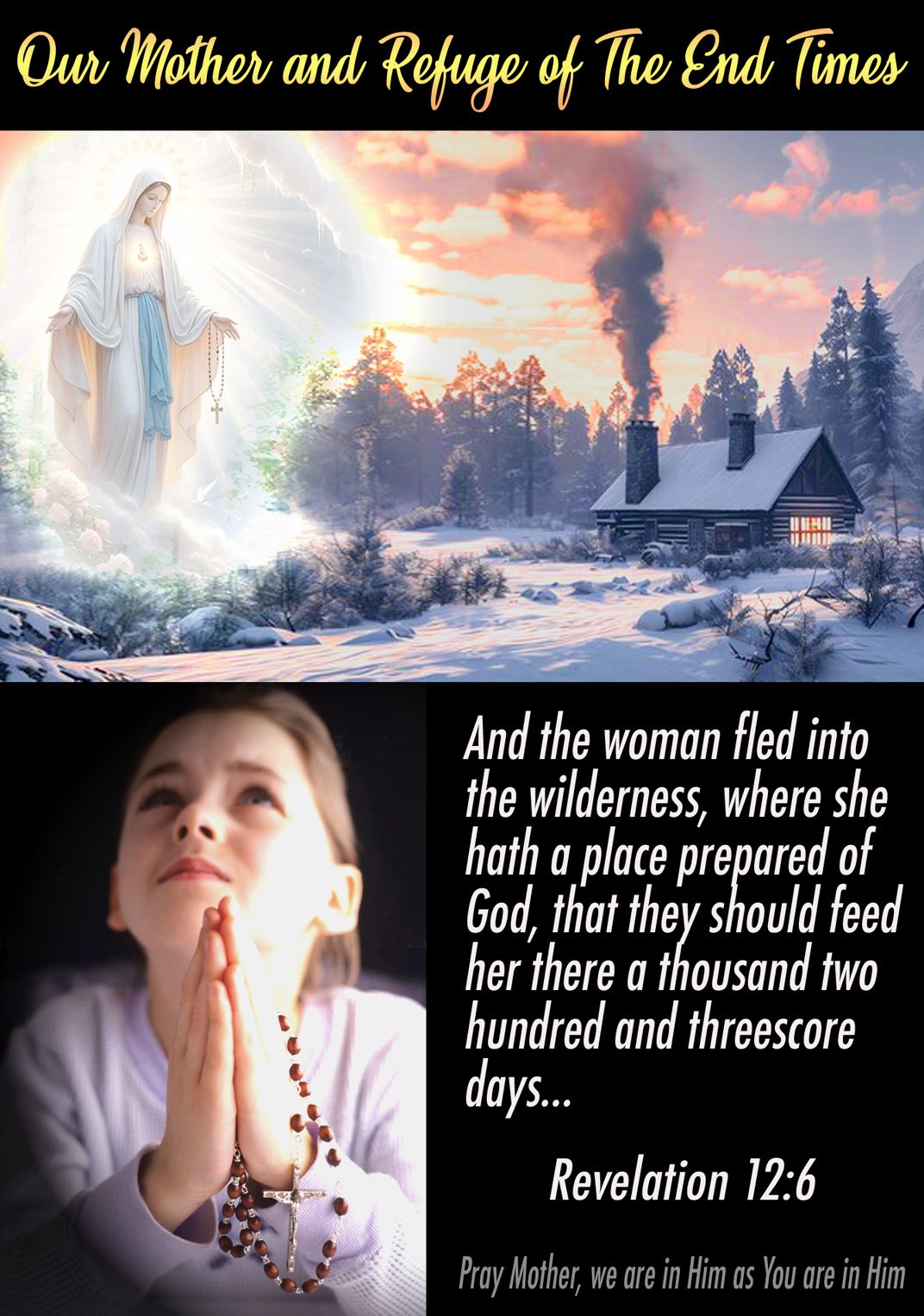
-
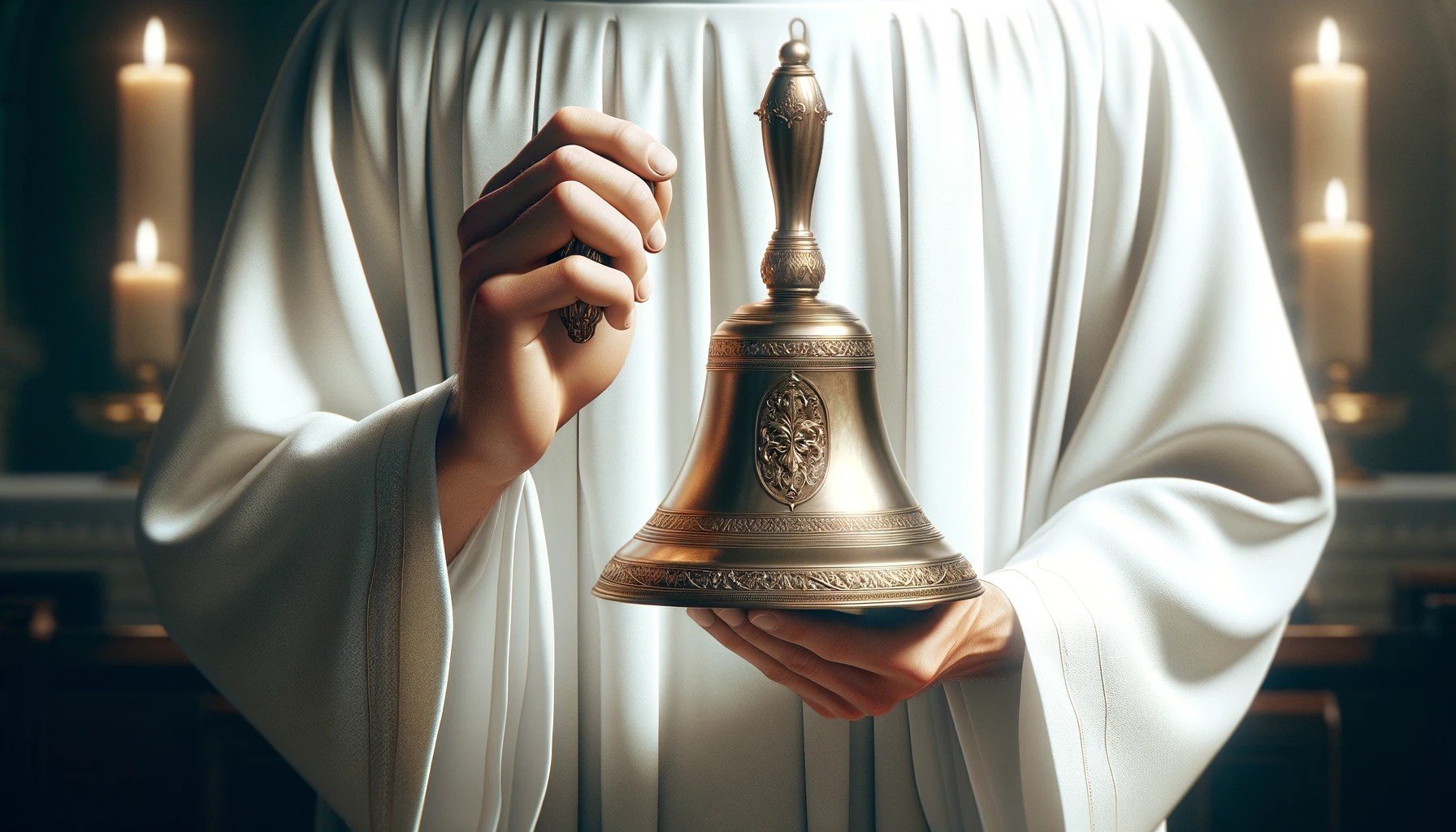
Know Theology |Why Do Catholic Churches Ring Bells During Communion?
Read More: Know Theology |Why Do Catholic Churches Ring Bells During Communion?Catholic Theology Series The ringing of bells during Catholic Mass holds a profound significance that transcends mere auditory stimulation. It is a practice deeply rooted in tradition, symbolism, and practicality. The melodic chimes of the bells resonate through the sacred space, serving as a poignant reminder of the spiritual journey undertaken during the Communion service.…
-

Reading This Will Stop You from Committing Sin! Sufferings of Hell, Revealed to a 20th Century Mystic!
Read More: Reading This Will Stop You from Committing Sin! Sufferings of Hell, Revealed to a 20th Century Mystic!Hell is a real place. But what is it like exactly? While the Bible gives us some clues, the 20th century mystic St. Faustina received a particularly vivid vision, which she recorded in her diary. Note that such “private revelations” are not on the same level of the divine revelation given by God in Jesus Christ.…
-
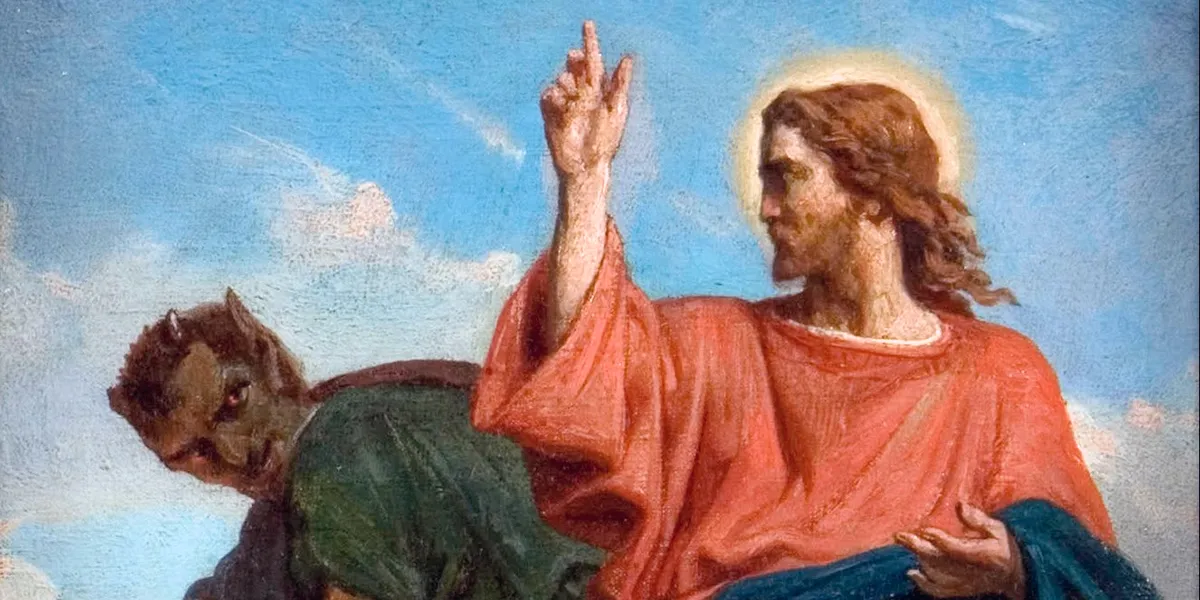
Pray this NOW! Act of Renunciation of Evil
Read More: Pray this NOW! Act of Renunciation of EvilI renounce, from this moment and for all eternity, the devil and all his works and pomps. I abhor all his suggestions and temptations. Suffer not, O Lord, this mortal enemy of my soul to have any power over me, either now or at my last hour. Let Thy holy Angels ever keep me and…
-
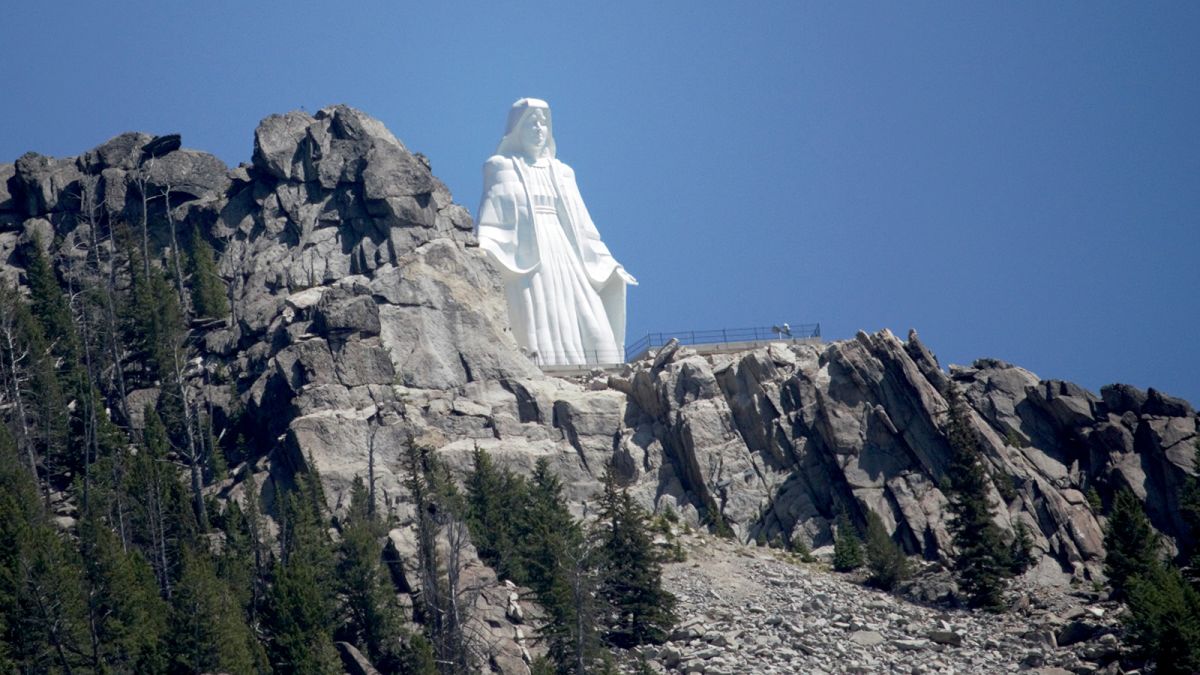
Ever Heard about Our Lady of the Rockies? This is the Story!
Read More: Ever Heard about Our Lady of the Rockies? This is the Story!Just ten miles away from Butte, Montana, and more than 3,500 feet above the surrounding valley, stands the image of Our Lady of the Rockies: a snowy-white statue that stands almost 90-ft (30 meters) tall. The image, which at first was supposed to be only five feet tall, ended up becoming the icon of an entire town.…
Search
Popular Posts
-
🙏 A New Chapter Begins: Supporting Pope Leo XIV with Prayer and Hope | W/ Daniel O’Connor
“Give the new pope a break and support him with your prayers.”–…
-
Possible Candidates for The Next Pope!
Some Candidates for the New Papacy Today we will share with you…
Categories
Archives
Tags
#Miracles (102) 2023 (4) 2024 (4) approved miracles (2) catholic (141) catholic blog (375) catholic meditations (7) catholic miracles (371) catholic motivation (2) catholic news (371) catholic prayers (4) CatholicSeers (359) catholic vlog (375) catholic websites (6) Eucharistic miracle (2) fr jim blount (3) GisellaCardia (11) hamas (3) imitation of christ (2) Israel (4) israel live (5) Israel news (9) jesus (3) jesus christ (4) Latest messages (11) lent 2023 (10) lent 2024 (4) lent homily (2) lent retreat (4) lent retreat 2023 (3) Lourdes (2) messages from god (6) MessagesFromHeaven (364) miracles of catholic church (2) mother and refuge (2) ourlady (325) OurLadyApparitions (22) our lady of lourdes (2) Pope (2) POPE francis (3) pope francis news (2) prayers (3) real miracles (356) sacred heart of jesus (2) The Miracles of Lourdes (2)
